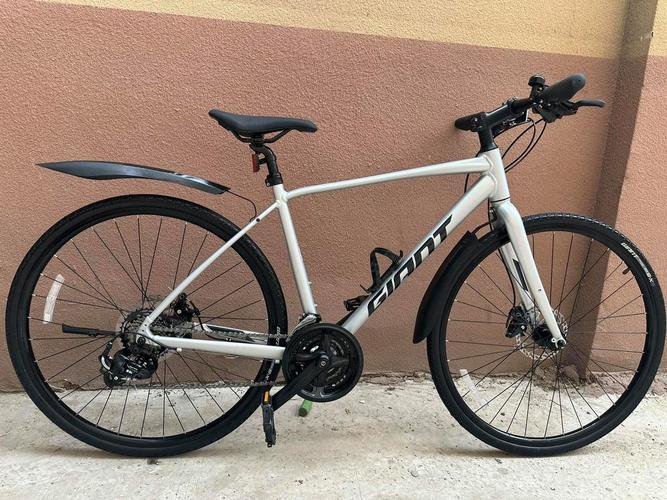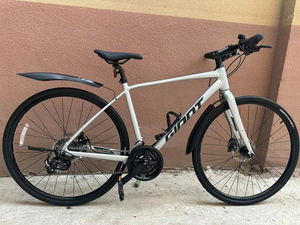
The inspection and verification methods for bicycles, inspection and verification services for factories and certification services
Bicycles, as a widely used personal transportation tool, their quality and safety directly affect the user experience and personal safety of consumers. In response to the increasingly complex requirements of the international market, for bicycle manufacturers and traders, strictly implementing factory inspection and on-site inspection upon shipment has become a crucial step to ensure product compliance and reduce the risk of recalls. This article will systematically introduce the inspection process, testing standards, and key quality control points of bicycles, covering all-round requirements from structure, assembly to performance testing, and is applicable for reference by quality managers, inspectors, and purchasers.
I. Factory Audit and Quality System Requirements
Before the start of mass production, it is recommended to conduct supplier evaluation and pre-production factory inspection. The focus should be on assessing the factory's quality management system (such as whether it complies with ISO 9001), production line configuration, testing equipment, and incoming material control procedures. The inspectors should have a clear understanding of the product technical documents, customer confirmation samples, and applicable standards (such as national standards, EN/CPSC/ISO, etc.), determine the AQL sampling plan, and prepare the necessary tools: torque wrenches, dial indicators, tension meters, calipers, reflector measuring instruments, etc.
II. Main items and inspection standards for bicycle inspection
1. Structural and basic configuration inspection:
The 16 basic components such as the frame, front fork, handlebar, saddle, etc., as well as the 9 accessory components such as the chain guard, bracket, bell, etc., must be consistent with the sample confirmed.
The key points to be checked include the quality of the weld points on the frame, the symmetry of the structure, and the thickness of the materials, to avoid any cracks, rust, or deformation.
All protruding parts must meet the safety rounding requirements (radius ≥ 6.3mm) to prevent scratches during riding.
The labels and printed contents for each part should be clear and comply with the label regulations of the exporting country.
2. Assembly and quality inspection of key components:
Handle and handle tube: The insertion depth must exceed the minimum mark (≥ 2.5 times the pipe diameter), the fixing torque must be ≥ 25N·m, and the strength test must withstand a force of more than 70N without loosening;
Axial system: The rotation is flexible without loosening, and the torque of the axial lock nut is ≥ 30N·m;
Wheel assembly: Radial and end face runout ≤ 2mm (for high-end aluminum wheels, it should be ≤ 1.5mm), and the tension of the spokes is uniform (average ≥ 300N, single spoke ≥ 150N);
Tire assembly: Inflate to 110% of the rated pressure and maintain it for 5 minutes without the tire coming off the rim. A 48-hour static airtightness test is typically required for routine checks.
Brake system:
Braking performance test (dry condition: braking distance at 24 km/h ≤ 5.5 meters; wet condition: braking distance at 16 km/h ≤ 15 meters);
The operating force of the handle should be no more than 450N, and it should still be able to reset flexibly after 10 consecutive tests.
Chain and Gear Shift:
The transmission chain is appropriately tightened and loosened, without any chain entanglement or detachment.
The internal and external gear shifting device performs accurate gear shifting, and reverse gear shifting does not cause chain disengagement. There is no skipping of gears or empty gears.
Footrests and saddle seat:
The foot pedals are differentiated by left and right threads, and the grounding gap and the gap between the foot and the pedal meet safety standards.
The saddle must be able to withstand static loads (vertical 668N, horizontal 222N) without deforming.
Reflector and Light:
The front (white), rear (red), side (white/yellow) and pedal (yellow) reflectors must be complete and meet the optical requirements.
If there is a lighting system, the electrical safety and wiring reliability must be verified.
3. Performance and Safety Tests:
Road Test Evaluation: On-site cycling test to assess the smoothness of gear shifting, the reliability of brakes, abnormal noises and vibrations, etc.
Strength test: Conduct load and fatigue tests on the frame, front fork, handlebars, etc. in accordance with GB3565 or EN/CPSIA standards;
Drop test and packaging inspection: Conduct packaging drop tests in accordance with ISTA standards or as per customer requirements, to verify whether the box labels, inner linings and protective measures meet the export requirements.
III. Classification of Common Defects (Based on AQL Standards):
Severe Defects (Critical Defects): Frame cracking, brake failure, protrusions not rounded, reflectors missing;
Major Defects: Transmission failure, tire leakage, extensive peeling of electroplating/paint, excessive dimensional deviation;
Minor Defects: Labels are misaligned, there are minor scratches, and non-critical screws are not tightened properly.
IV. Summary and Recommendations
Bicycle inspection is a specialized task that integrates product technology, safety regulations, and quality control systems. In addition to strictly conducting sampling inspections, it is recommended that enterprises establish a complete chain of quality control mechanisms from incoming material inspection (IQC), process inspection (IPQC) to final random inspection (FRI), and conduct independent evaluations through third-party inspection services on a regular basis. Especially for export products, it is necessary to closely monitor the updates of regulations in the destination market (such as EU CE certification, US CPSC requirements), so as to ensure that the products continuously meet international safety and quality standards.
Through systematic factory inspections and product inspections, enterprises can not only enhance customer satisfaction, but also significantly improve the risk-resistance capability of the supply chain and the brand's market competitiveness.
分享这个商品

The inspection and verification methods for bicycles, inspection and v
This article will introduce the inspection process, testing standards, and comprehensive requirements for assembly and performance testing of bicycles.
